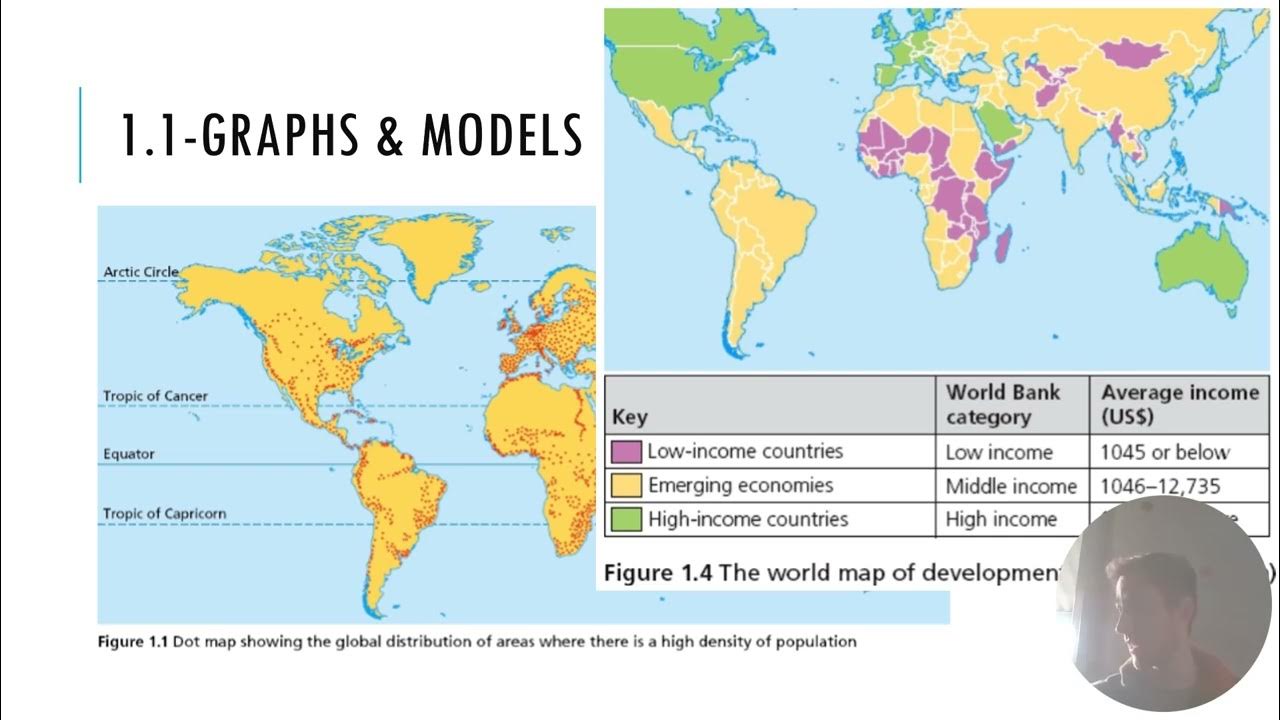VÍDEO AULA 04 MIGRAÇÕES BRASIL
Summary
TLDRThis geography lesson delves into the dynamics of Brazilian population migration, exploring both international and internal migration patterns. It highlights how young adults often migrate abroad for better opportunities, particularly to the United States, Portugal, and Japan. Domestically, the Northeast has been a source of migration, with many people relocating to more economically prosperous regions like the Southeast. Return migration is also discussed, where individuals come back to the Northeast due to improved conditions. Historical trends, including European immigration in the 19th century and contemporary migrations from neighboring Latin American countries, such as Venezuela, are also covered.
Takeaways
- 😀 The script covers Brazilian population dynamics, focusing on migration trends, both international and internal.
- 😀 International migration from Brazil shows that most emigrants are between 20 and 34 years old, seeking better job opportunities or education abroad.
- 😀 The United States is the top destination for Brazilian emigrants, with a large portion of Latin American migrants in the U.S. coming from Brazil.
- 😀 Many Brazilian emigrants enter the U.S. illegally, often through Mexico, facing deportation risks and legal consequences if caught.
- 😀 Portugal, Spain, and Japan are other notable countries receiving Brazilian emigrants, especially for those with Japanese descent.
- 😀 Brazil has a history of large immigration flows, especially from countries like Germany, Italy, and Japan, with policies influencing population changes.
- 😀 The script highlights the issue of emigration from Brazil to the U.S. and the political controversy around immigration laws.
- 😀 The Northeast region of Brazil has long been an area of emigration due to economic crises, droughts, and socio-political issues, often pushing people to migrate to other regions of Brazil or abroad.
- 😀 Internal migration trends in Brazil show a shift, with people moving from the Northeast to other regions like the Southeast, South, and Central-West, especially due to economic development and industrialization in these areas.
- 😀 The script identifies three main migration patterns within Brazil: internal migration, return migration (from the Southeast to the Northeast), and pendular migration (e.g., moving for work but returning daily).
- 😀 The script also touches on the decline of international immigration to Brazil in recent decades, linked to Brazil's economic crises, although there has been an influx of migrants from neighboring countries like Venezuela.
Q & A
What is the primary age group involved in Brazilian emigration?
-The primary age group involved in Brazilian emigration is between 20 and 34 years old, typically in search of better job opportunities, life improvement, or education.
Which country is the top destination for Brazilian emigrants?
-The United States is the top destination for Brazilian emigrants, especially within the Latin American region.
Why do many Brazilians migrate illegally to the United States?
-Many Brazilians migrate illegally to the United States due to a search for better job opportunities and a desire for improved living conditions, often crossing the border illegally via Mexico.
How has the U.S. immigration policy affected Brazilian migrants?
-The U.S. immigration policy, particularly during the Trump administration with the building of the border wall, has led to an increase in undocumented Brazilian migrants, some of whom are detained, serve sentences, or are deported back to Brazil.
Which European countries are common destinations for Brazilian emigrants?
-Portugal and Spain are common European destinations for Brazilian emigrants, with Japan also being a popular choice due to historical ties with Japanese-Brazilian descendants.
What historical migration trends shaped Brazil's immigration policies in the 19th century?
-In the 19th century, Brazil experienced significant immigration from countries like Germany and Italy. This was partly due to the abolition of slavery and policies like the Lei de Terras (Land Law) that restricted land ownership by former slaves.
What was the 'whitening' theory in relation to immigration in Brazil?
-The 'whitening' theory suggested that immigration, particularly from Europe, was intended to 'whiten' the Brazilian population, which was highly mixed at the time, to create a more racially homogeneous society.
How has economic growth in the Northeast of Brazil impacted migration trends?
-Economic growth in the Northeast of Brazil, driven by industrialization and tourism, has led to a 'return migration' where people who previously left the region are now returning due to improved economic opportunities.
What are 'pendular migrations,' and how do they occur in Brazil?
-Pendular migrations refer to people who live in one city but commute to another city for work. This is common in metropolitan areas, where people may live in smaller towns and travel daily to larger cities like Natal for employment.
How has the migration pattern shifted from larger to medium-sized cities in Brazil?
-As the cost of living in large cities like São Paulo becomes increasingly expensive, many Brazilians are opting to live in medium-sized cities in the metropolitan areas, where the cost of living is lower.
Outlines

Cette section est réservée aux utilisateurs payants. Améliorez votre compte pour accéder à cette section.
Améliorer maintenantMindmap

Cette section est réservée aux utilisateurs payants. Améliorez votre compte pour accéder à cette section.
Améliorer maintenantKeywords

Cette section est réservée aux utilisateurs payants. Améliorez votre compte pour accéder à cette section.
Améliorer maintenantHighlights

Cette section est réservée aux utilisateurs payants. Améliorez votre compte pour accéder à cette section.
Améliorer maintenantTranscripts

Cette section est réservée aux utilisateurs payants. Améliorez votre compte pour accéder à cette section.
Améliorer maintenantVoir Plus de Vidéos Connexes
5.0 / 5 (0 votes)






